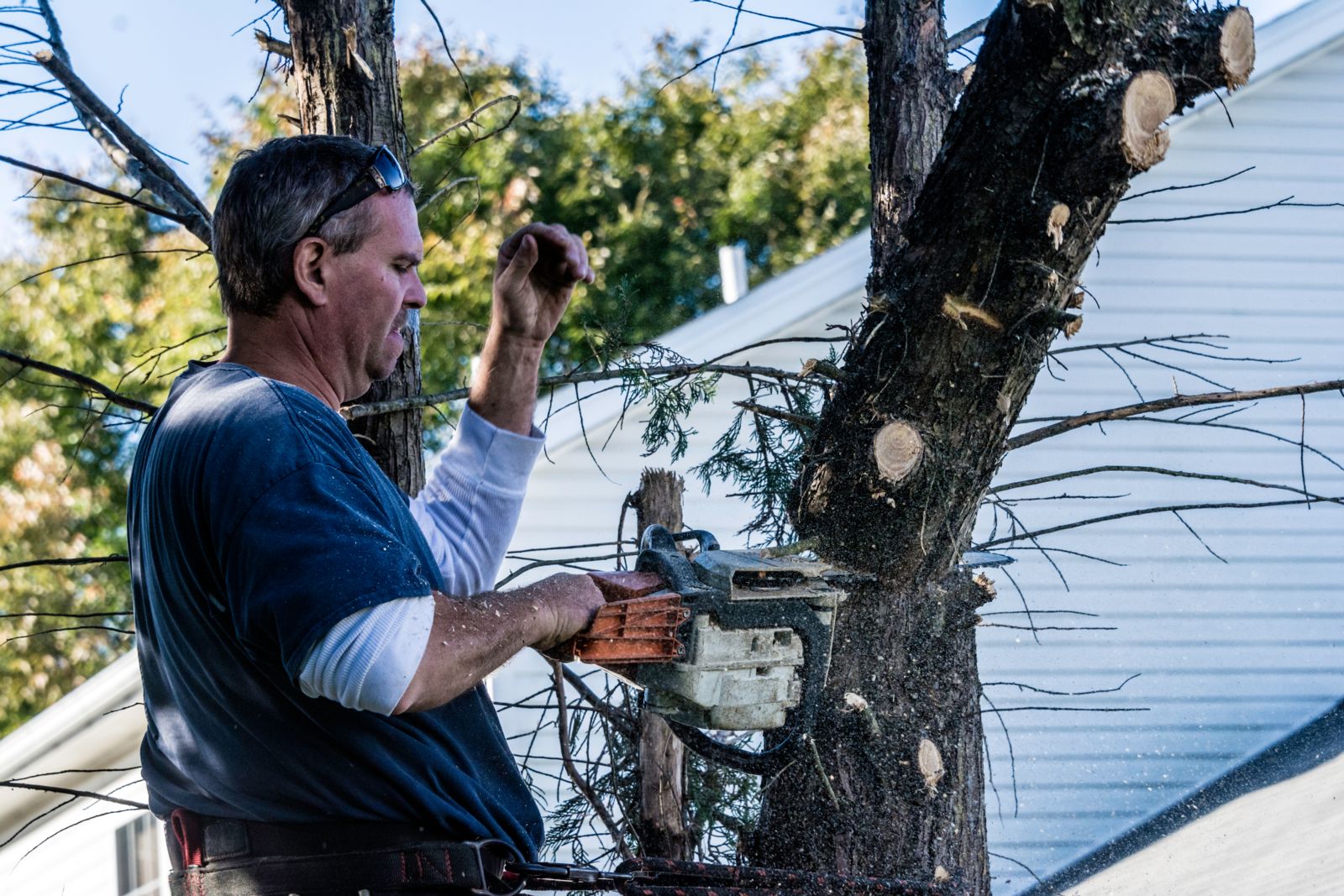Blog
Spring Yard Spruce Up: Read This Before You Start!
Winters in New England can be rough. Wind, snow, and ice can really take a toll on your property. If you haven’t started your spring cleanup yet, a walk around your yard will probably turn up a slew of branches littering the ground, maybe limbs still dangling from trees in the air, or perhaps a fence knocked down or blown over. We can't help with your cleanup, but we can provide a few tips to keep in mind:
Tree Limbs
- If the tree trunk is on your property, you can generally cut and trim it as you wish, including branches that may hang over your property line and onto your neighbor’s property.
- If the tree is on your neighbor’s property but limbs are hanging over the common boundary line and onto your property, then you can trim the limbs up to the property line.
- Know where your property line is because you may be subject to damages for cutting or destroying a tree that is actually on your neighbor’s land. Depending on the type of tree and your intentions when you cut it down, the damage can be anywhere from the reasonable value of the cut tree to five times the value!
- Some residential properties may also be affected by conservation easements or restrictions that impact your ability to cut and/or trim trees. If this is the case, a consultation with a real estate attorney will shed some light on how those restrictions may impact you.
Fences
- Some towns regulate fences, even on residential property. The restrictions may relate to where on the property they can be placed (i.e., how close to the street or your property lines) and/or how tall the fence can be. These restrictions would appear in the town’s Zoning Regulations or Town Ordinances, both of which are often available via the Town’s website.
- If your property is a corner lot, many towns also place restrictions on the location and/or height of fences within a certain distance from the intersection of two streets, so as to prevent obstructions of view. Again, this type of restriction would appear in the town’s Zoning Regulation or Town Ordinances.
- Even if your town doesn’t regulate how close a fence can be to your property line, bear in mind that you may need access to both sides of your fence in the future for maintenance and repair. It may be wise to leave yourself some room on the outside of your fence so that you can get at it if need be.
- An easy way to determine what, if any, restrictions might apply to a fence you may wish to build or repair is by calling your local building or planning department. Town staff should be able to provide you with proper guidance.
Storage Sheds
- A storage shed is typically considered a “structure” for zoning purposes, and, as such, must comply with the zoning standards for buildings and structures. Specifically, the shed will likely be required to comply with minimum front, side, and rear yard setbacks. There may also be restrictions on the size of the shed. These types of restrictions would appear in the town’s Zoning Regulation or Town Ordinances.
- In order to demonstrate compliance with the zoning standards, towns will often require the issuance of a Zoning Permit before the shed can be constructed or placed on your property. This is an administrative approval from town staff that does not typically require a meeting with the Zoning Commission.
- The shed will also likely require a building permit – even if it is a prefabricated shed. If it is prefabricated, the builder should provide you with a copy of the construction drawings, which you would then submit with your application for a building permit. If you are building it yourself, you will submit a copy of your construction drawings with the application.
- Again, an easy way to determine what, if any, restrictions might apply to your shed and what is involved in the permit process is by calling your local building department or planning department. Town staff should be able to provide you with proper guidance.
- Some subdivisions and common interest communities may also have private restrictions or covenants affecting your ability to place sheds (or fences) on your property. Again, if this is the case, a consultation with a real estate attorney will help you understand the nature of any such restrictions.
Whether cutting trees, replacing fences, or installing a shed to house all of the equipment you may need for your spring cleanup, it’s good to know where your property lines are in order to make sure your improvements and repairs are being conducted wholly upon your own property. A good starting point is to have a conversation with your neighbor, which may help identify the location of your common boundary line. It may also help prevent any future misunderstandings or disputes as to its location. Oftentimes, property corners are marked with an iron pin or some type of monumentation. This is particularly true with newer subdivision lots. If you have a survey of your property, the location of any pins or monumentation will be noted on the survey. A careful search of the general location where the pin should be will sometimes disclose them. However, they may be partially buried or covered with leaves, debris, snow, etc. Sometimes a metal detector can help determine their location. If all else fails, a land surveyor can be hired to locate the pins. If your property corners are not already marked, a land surveyor can prepare a survey depicting your boundary lines and mark the property corners with some type of permanent monumentation that will be readily identifiable for reference in the future.
